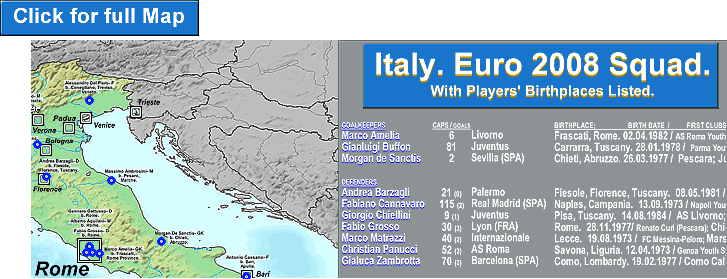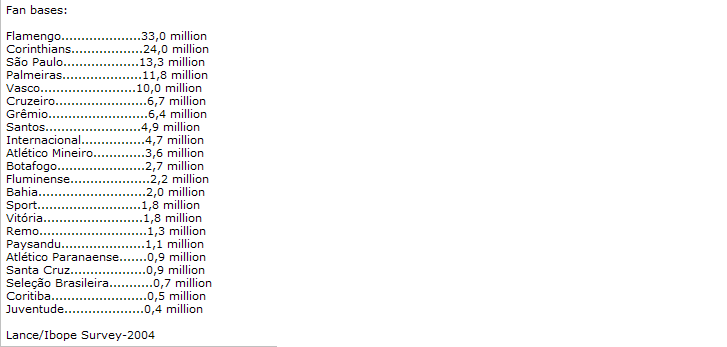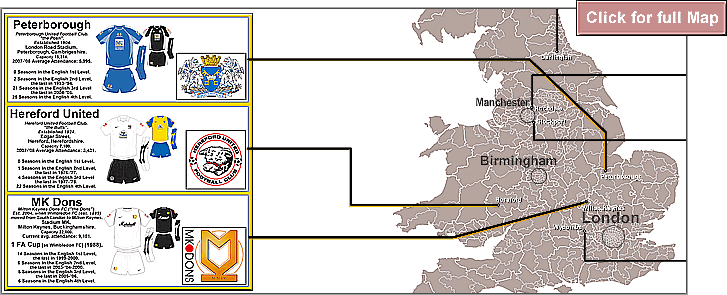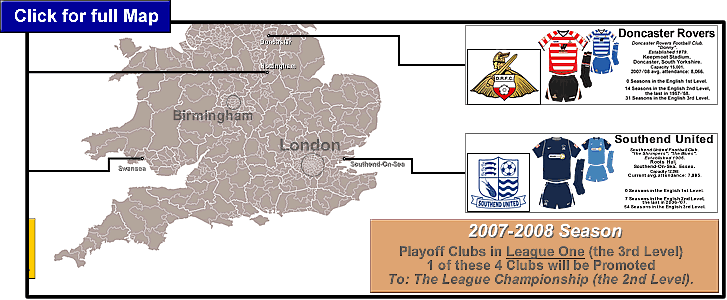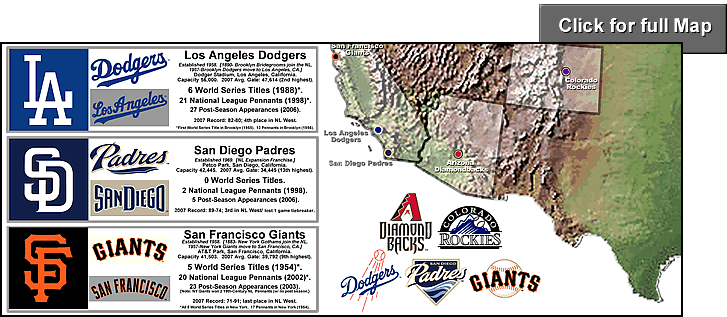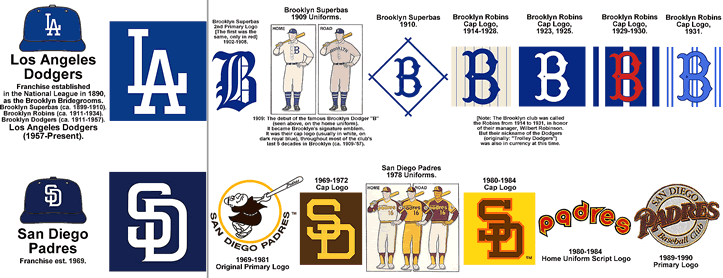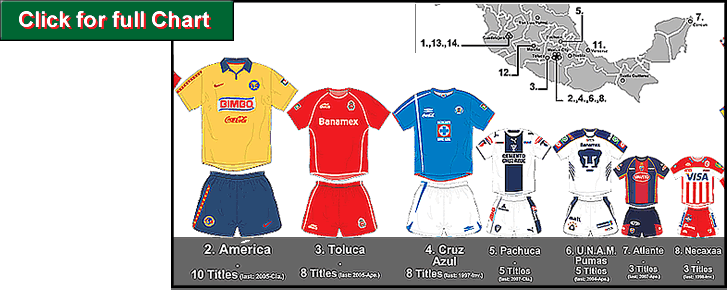
This chart shows a graphic depiction of the professional Titles won by Mexican football clubs, in thier domestic league (which started in 1943). I have included all the clubs’ locations, in the 2008 Clausura, on the small map.
{Click here, for Wikipedia’s page on the Primera Division de Mexico.}
{Click here, for the official league website (in Spanish).}
On Sunday, 1st May, Santos Laguna and Cruz Azul will be playing the second leg of Mexico’s 2008 Clausura Championship Final {click here, for this article, from the Fox Soccer site}. Santos has a 2-1 lead going into the match, and will host the finale.
{Click here, for Wikipedia’s page on Cruz Azul.}
{Click here, for Wikipedia’s page on Santos Laguna.}
Chivas Guadalajara {click here, for their Wikipedia page), and America {click here, for their Wikipedia page} are the two biggest football clubs in Mexico. They are also first and second in total league Titles, and are the only two clubs in Mexico to have never been relegated from the top tier. Chivas, from Mexico’s second-biggest city, Guadalajara, has 11 Titles. America, from Mexico City, has 10 Titles. Tied for third, with 8 Titles, are the Mexico City-based Cruz Azul (which means Blue Cross), and Toluca, from 50 miles west of the capital. Toluca gets little media attention, but are a pretty successful club. They have a nice roofed stadium, called the Estadio Nemesto Diaz {see this, from the World Stadiums site} {see this, from the Mapas Mexico site}. It is one of the oldest stadiums in Mexico (opened in 1954), but has been kept in pretty good condition. It sort of looks like Queen’s Park Rangers’ Loftus Road ground, with close seating that put the fans right in the midst of the action, and stands that merge to form a bandbox {click here, for Wikipedia’s page on Toluca}.
{Click here, for photos of Mexican stadiums, from the Soccer Pulse Community site, using photos from worldstadiums[dot]com} [note: this thread is from 3 years ago, but I still think it’s worth checking out).
Thanks to (http://www.colours-of-football.com) for the kits. Thanks to (http://www.worldstadiums.com).

